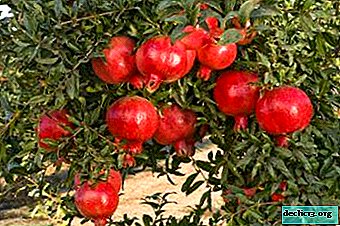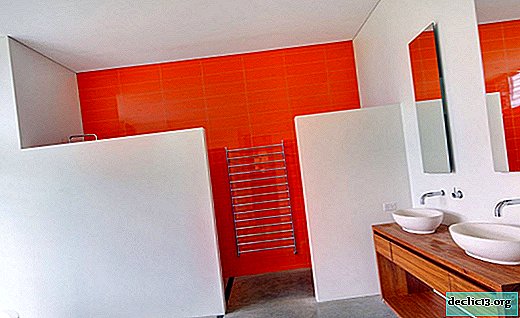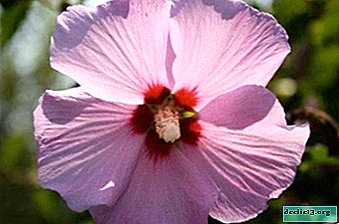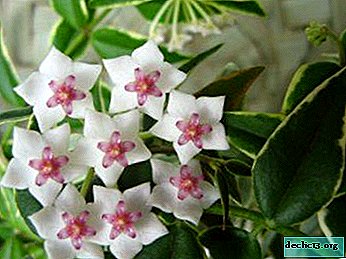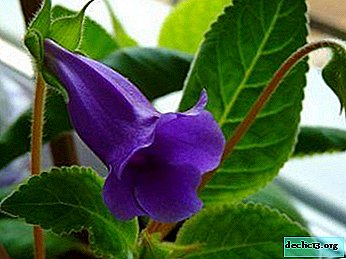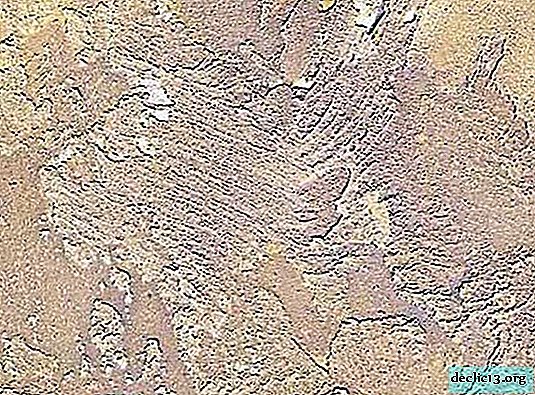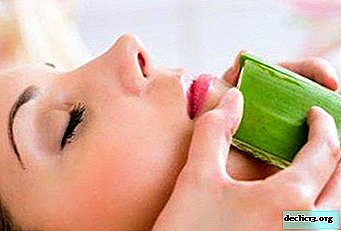How to plant and root azalea: important nuances
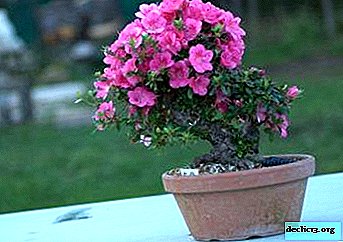
Rhododendrons are recognized aristocrats of the world's most famous parks. Everyone who has ever seen their flowering will definitely want to create a composition in their garden with these beautifully flowering shrubs.
Let’s make it clear that when you hear or read about azaleas, it’s actually about rhododendrons. For us, gardeners, the most important thing in their botanical classification is that all these plants belong to the Vereskov family. Understanding this allows us to create the right living conditions for our pets.
In order to visualize what azaleas need for a happy life, we recall that heather berries are forest berries that are well known to everyone. Anyone who has ever picked blueberries, lingonberries or cranberries can easily imagine the conditions for their good growth.
Everything that we talk about in this article is true both for garden forms of rhododendrons and for their indoor counterparts. About how the root system of the rhododendron is arranged, how to plant and root it, and also what to do if the plant branches after winter do not give life, read on.
Description of the device of the roots of rhododendron
 Plants belonging to this family differ from others in that they can receive good nutrition only in symbiosis with mycorrhizal fungi.
Plants belonging to this family differ from others in that they can receive good nutrition only in symbiosis with mycorrhizal fungi.
Simply put, the roots of our azalea are entangled in the finest filaments of the myceliumthrough which nutrients in an accessible form and water enter the plant. With the help of mycorrhiza, rhododendrons not only feed, but also protect themselves from diseases (for more information about plant pests and diseases, see here), because fungi can produce substances similar to antibiotics.
Creating and maintaining the conditions necessary for the development of mycorrhiza is the key to the successful cultivation of our azaleas.
Important Details
Rhododendron is a plant with thin, delicate, fibrous roots.. They do not have a pronounced central core, and the peripheral network is very branched. If we get a seedling from a pot in which it grew for a long time, we will see an extremely dense ball of tightly interwoven strings.
On a spacious garden plot, the azalea root system occupies the surface soil layers and does not go deeper than 30 - 40 centimeters.The length of the roots depends on the size of the crown. Their growth begins in the spring, when the soil has already thawed and warmed up to five degrees Celsius, and continues until the flowering of plants begins. The next wave of root growth occurs in the period between seed ripening and leaf fall and stops when the soil cools below five degrees of heat.
Close attention to this part of our pet is necessary because:
- roots securely hold azalea in the substrate;
- without them, plant nutrition is impossible;
- the root system creates a supply of necessary substances;
- through it, interaction with friendly mushrooms occurs;
- with the help of the roots, the plant can reproduce vegetatively.
Photo
And so the plant roots look in the photo:



Main problems
A plant, like any living creature, cannot live without eating, which is why caring for the health of the root system can be put first in importance. It starts from the moment you select a small seedling.
To avoid problems with the plant, follow a few recommendations:
- Try, even when buying, to remove the azalea from the tank and inspect the roots. It is convenient for shops to keep plants in trays with water, and this leads to the appearance and growth of root rot. If the acquisition of such a bush could not be avoided, then spill the soil with a solution of any fungicidal preparation and cut out the rotted roots.
- When planting rhododendron in the garden, prepare a planting pit of sufficient size so that the roots of an adult plant do not come into contact with garden soil.
- Mycorrhiza can develop ONLY in an acidic environment. Alkaline, well-known soil is destructive for it. If fungus root dies, azalea will die of starvation and dehydration.
Completely remove the soil from the hole and fill it with an acid substrate prepared from red peat with the obligatory addition of coniferous forest land. In the rotted forest litter there are spores of mycorrhizal fungi that will feed and water our pet.
- Make sure that irrigation water does not stagnate at the roots. If the soil in your garden is clay, then good drainage at the bottom of the pit is a must.
- The most important technique of azalea agricultural technology is proper watering. The soil mixture prepared on the basis of peat is prone to overdrying or overmoistening. In both the first and second cases, the root system suffers. In a dry substrate, mycorrhiza perishes, and in waterlogged roots suffer without access to air.
Proper hydration can be easily controlled in a simple way. Squeeze a handful of soil from under the rhododendron in your fist, if water does not drip from the palm of your hand and the lump of land has retained its shape, then everything is in order. In other cases, adjust the watering.
Be sure to place a mulch pillow around the bush. Perfectly rotted pine needles or crushed bark. Mulching will protect the roots of the azalea from drying out.
Planting and rooting
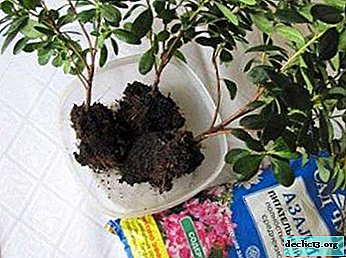 At the landing site, take out the soil to a depth of not less than forty centimeters. The width of the pit is limited by the diameter of the crown of an adult azalea plant, which you decide to plant in your garden, but the wider the better.
At the landing site, take out the soil to a depth of not less than forty centimeters. The width of the pit is limited by the diameter of the crown of an adult azalea plant, which you decide to plant in your garden, but the wider the better.- Prepare red horse peat and earth with pine needles, mix in equal proportions and fill the landing pit. Compress and moisten the soil well.
- Mash the lump of roots and as carefully as possible, where possible, try to straighten the delicate roots of the rhododendron.
- Position the seedling so that when planting the root neck of the plant is not buried.Set the roots to the horizontal direction of growth.
- Spill well, cover with substrate and mulch.
A shrub planted in this way easily roots and tolerates winter well.
Death prevention
The prophylaxis formula is very simple: correct and conscientious agricultural technology + common sense. We have already made out basic agrotechnical techniques for the care of azaleas:
- selection of seedlings of the desired variety and quality;
- determining a suitable landing site, ideally - partial shade (remember where you collected blueberries);
- a spacious landing pit filled with a substrate with high acidity (the optimal indicator is 4 units);
- the correct location of the seedling and its roots in the hole;
- necessary watering taking into account weather;
- top dressing with professional targeted fertilizers for heather plants.
Special care
Recently, more and more often we have to deal with weather that does not correspond to the time of year. Too warm, lingering autumn, suddenly turns sharply into a harsh winter, and summer can surprise with snow. It is not easy for plants to adapt to such conditions; they suffer and die.
If your rhododendron twigs after winter show no signs of life, the roots are likely to be damaged. Take your time to get rid of such a plant. Spill it with a root product such as zircon, perhaps this will save the plant.
Rhododendrons tolerate transplantation well. This makes it possible, in case of suspected root disease from improper planting, to correct their mistakes by replanting the plant. Azalea needs a lot of attention at the beginning of its life in the garden. But having given her time and energy, you can admire and be proud of this beauty for many years.

 At the landing site, take out the soil to a depth of not less than forty centimeters. The width of the pit is limited by the diameter of the crown of an adult azalea plant, which you decide to plant in your garden, but the wider the better.
At the landing site, take out the soil to a depth of not less than forty centimeters. The width of the pit is limited by the diameter of the crown of an adult azalea plant, which you decide to plant in your garden, but the wider the better.

